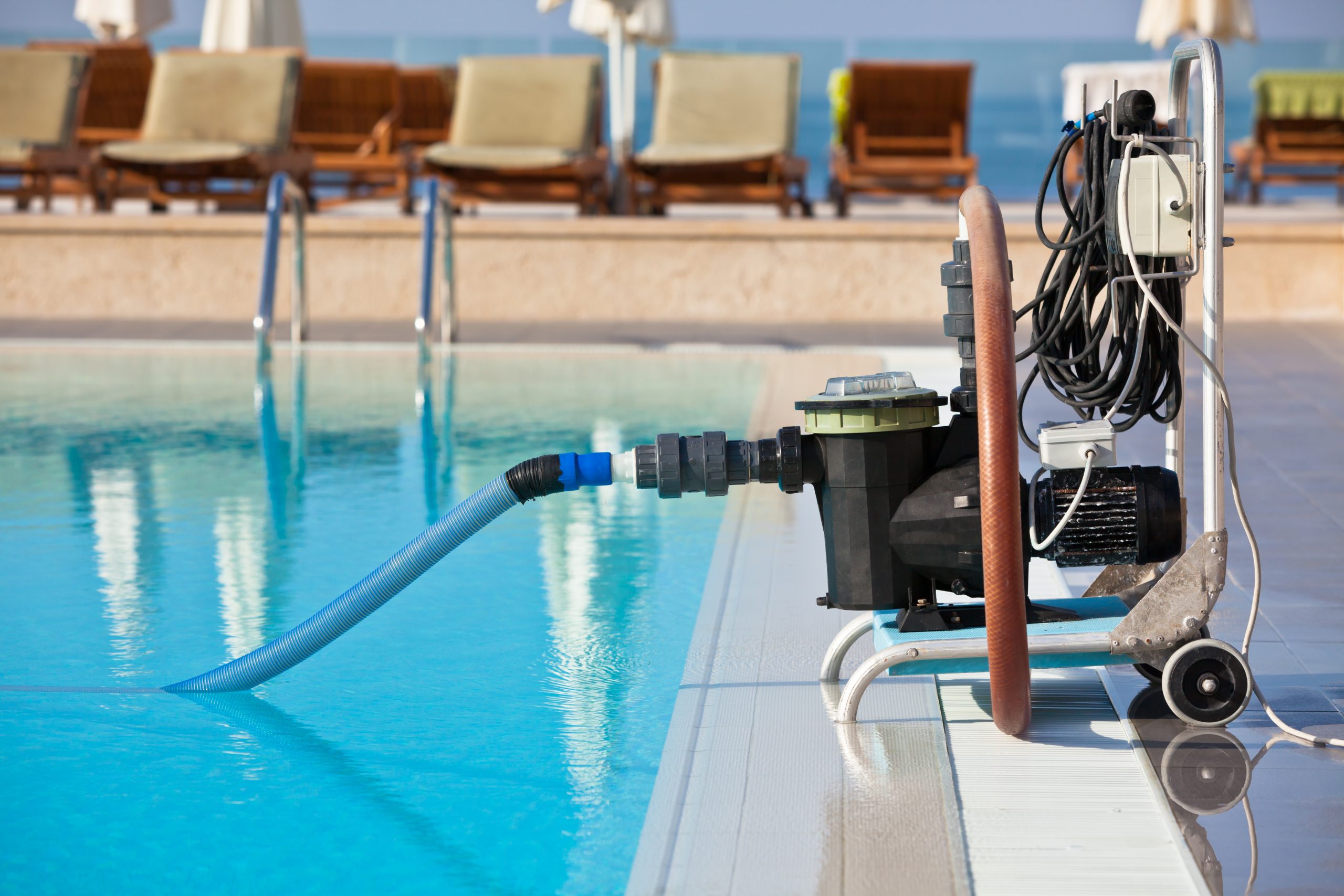Maintaining a properly functioning swimming pool involves addressing various plumbing issues that may arise over time. This comprehensive guide will walk you through common swimming pool plumbing problems and provide effective solutions to troubleshoot and resolve these issues. By following these guidelines, you can ensure that your swimming pool operates smoothly and enjoyably for years to come.
1. Low Water Pressure
Low water pressure in your swimming pool can affect the overall performance and enjoyment of the pool. Here are some potential causes and solutions:
- Check the pool pump and filter for clogs or debris that may be obstructing the water flow.
- Inspect the pool plumbing lines for any leaks or damaged pipes that could be causing a drop in water pressure.
- Verify that the pool’s water level is adequate, as a low water level can also contribute to reduced pressure.
2. Leaking Pool Pipes
A leaking pool pipe is a common plumbing problem that requires prompt attention to prevent water loss and potential damage to the pool’s structure. Here’s what you can do:
- Conduct a visual inspection of the pool pipes, looking for signs of water leakage, wet spots, or mold growth.
- Use a pool leak detection kit or hire a professional to pinpoint the exact location of the leak.
- Once the leak is identified, repair or replace the affected pipe section to restore the integrity of the pool’s plumbing system.
3. Malfunctioning Pool Heater
A malfunctioning pool heater can disrupt your swimming experience, especially during colder months. Consider the following troubleshooting steps:
- Check the pool heater’s power supply and ensure that it is connected and functioning correctly.
- Inspect the pool heater’s filter and clean or replace it if necessary to maintain optimal performance.
- If the heater continues to malfunction, contact a professional pool technician for a thorough inspection and repair.
4. Clogged Pool Drains
Clogged pool drains can cause water to back up and create unsanitary conditions. Follow these steps to address the issue:
- Use a pool drain cover or leaf trap to prevent debris from entering the drains and causing blockages.
- Use a pool drain cleaner or a plumber’s snake to remove any obstructions in the drain pipes.
- Regularly clean the pool skimmer and pump basket to minimize the accumulation of debris in the system.
5. Inadequate Pool Circulation
Insufficient pool circulation can lead to poor water quality and the growth of algae or bacteria. Take these measures to improve circulation:
- Ensure that the pool pump is properly sized for your pool’s volume and that it is functioning optimally.
- Clean or backwash the pool filter regularly to remove debris and maintain efficient filtration.
- Consider installing additional pool circulation features, such as water jets or a second skimmer, to enhance water movement.
Conclusion
Maintaining a well-functioning swimming pool involves troubleshooting and resolving common plumbing problems. By following the steps outlined in this guide, including addressing low water pressure, repairing leaks, maintaining the pool heater, clearing clogged drains, and improving circulation, you can ensure that your swimming pool operates smoothly and provides a clean and enjoyable experience for all. Remember, if you encounter complex or persistent issues, it’s best to consult with a professional pool technician to ensure proper diagnosis and resolution.
For more information please go to https://mbplumbingheatingandair.com/



